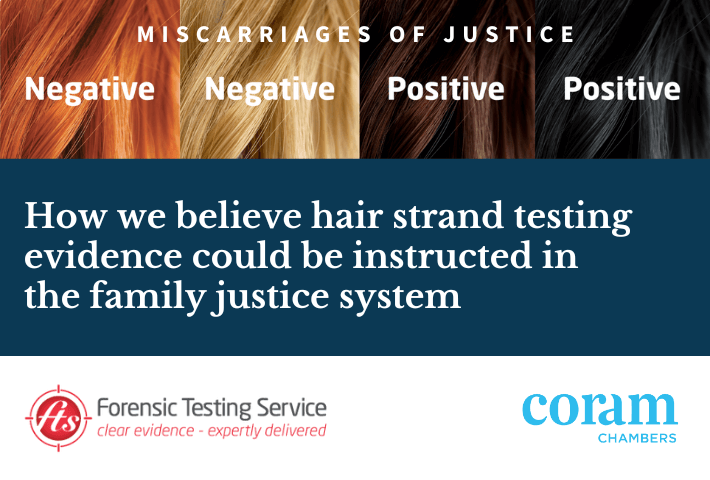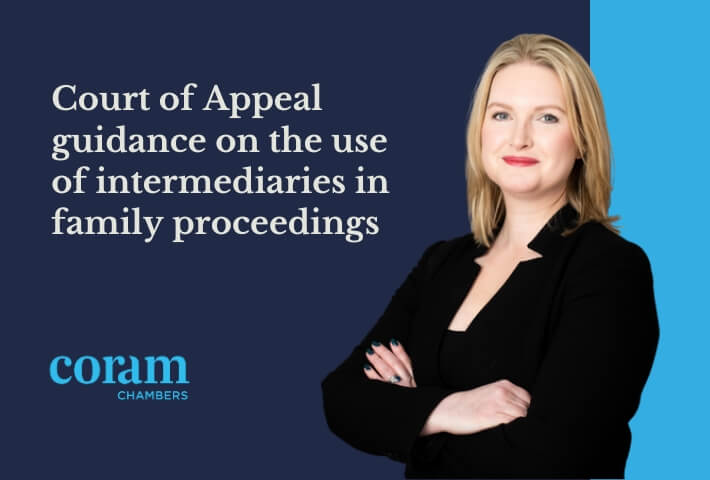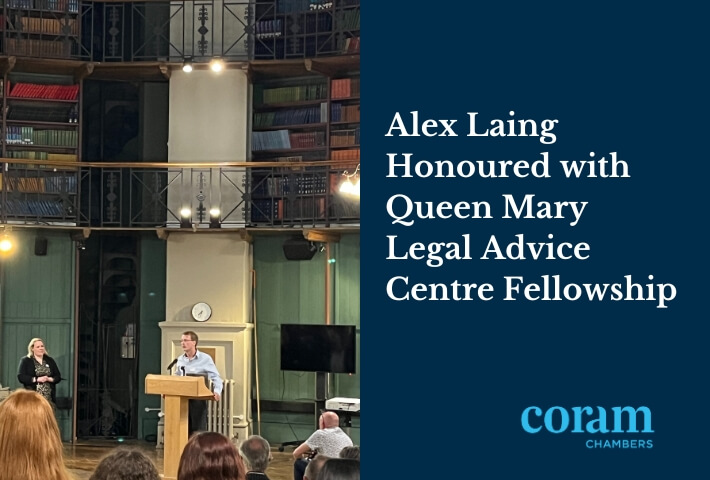
By Sarah Branson
In June 2023, Paul Hunter, a forensic toxicologist at FTS, and I wrote an article for the Family Law on recent scientific developments in hair strand testing and the racial bias in current practices in hair strand testing, which we’ve attached at the end of this article for reference.
In the article we draw on research published in 1991 – ten years after cut off levels were introduced – which demonstrates that the use of cut off levels to interpret hair strand testing results discriminates against those who have darker hair, impacting black and ethnic minority backgrounds in particular.
Our follow-up article in August 2024 draws on research from a laboratory which looked at the results of 3,000 outcomes from declared usage and other forms of testing (such as nail testing) to see what would happen if standardised cut off levels were applied. The results of this research were striking and alarming:
- ~12% hair samples in cases not using heroin Positive
- ~18% hair samples in cases not using cocaine Positive
- ~22% hair samples from chronic heroin users Negative
- ~20% hair samples from chronic cocaine users Negative
- ~60% hair samples from chronic cannabis users Negative
This article is understandably causing concern within the legal profession, leading to calls for there to be a review of how this evidence is used or suggesting this evidence is not reliable at all. We would like to correct some of the misunderstandings arising from our article and reinforce the proposals for how this evidence should be instructed made in our article.
When the results from testing of hair are interpreted simply by reference to standardised cut off levels, false positives and negatives will arise. When hair strand testing is treated in isolation, and not used as part of the wider evidential picture, miscarriages of justice will arise.
The authorities of Re D (Children: Interim Care Order: Hair Strand Testing) [2024] EWCA Civ 498 underlines the case of H (A Child – Hair Strand Testing) [2017] EWFC 64 in establishing the science behind hair strand testing is sound. It also makes clear that this is opinion or expert evidence and needs to be looked at in the context of the wider evidential canvas. In other words, the science behind extracting drugs from hair is sound, but the interpretation of that evidence must be done with care to avoid it being treated as “pseudo-certainty”.
The problems we highlight in our papers, and the alarming results from our research highlighted above, arise when this evidence is not instructed or treated as expert opinion evidence. When the results from testing of hair are interpreted simply by reference to standardised cut off levels, false positives and negatives will arise. When hair strand testing is treated in isolation, and not used as part of the wider evidential picture, miscarriages of justice will arise.
We do not believe a systematic review of the use of hair strand testing in the family justice system is necessary. As our articles demonstrate, it is incumbent on all of us as family lawyers to ensure this evidence is properly instructed in line with the authorities, which establish this is expert and opinion evidence.
Our proposals for reform are clear:
- Hair strand testing, in conjunction with nail testing, should be instructed as expert evidence by way of a letter of instructions or agreed questions recorded in the order. A sample letter of instruction will appear on the Coram Chambers website shortly, along with proposed standard wording for an order instructing this expert evidence.
- The use of cut off levels must stop. This is expert evidence that should not be instructed on this basis. Interpretation of results must have regard to all relevant factors identified in our articles and not simply with reference to standardised cut off levels. It is our job as lawyers to ensure Judges are taken to the full evidential picture when considering this evidence.
- The legal profession needs to be better informed about how to mount a challenge to disputed results. In the way that a disputed paediatric report or radiological report might be challenged in a non-accidental injury case, lawyers need to be better equipped to understand and challenge hair strand evidence.
The following will help:
a. The FLBA are hosting a lecture on this as part of their autumn lecture series on 14th November 2024. Member of the FLBA are encouraged to attend.
b. Over the coming weeks, Coram Chambers will host videos on our website, social media, and communication channels unpacking the use of hair strand testing in the family courts, which will provide resources for challenge.
c. Sarah Branson and Paul Hunter of FTS offer free training on this to local authorities, solicitors and barristers. Please contact Coram Chambers or use this link.
d. For further information, you can also listen to our podcast on this topic, also available on Spotify and Apple podcasts.


